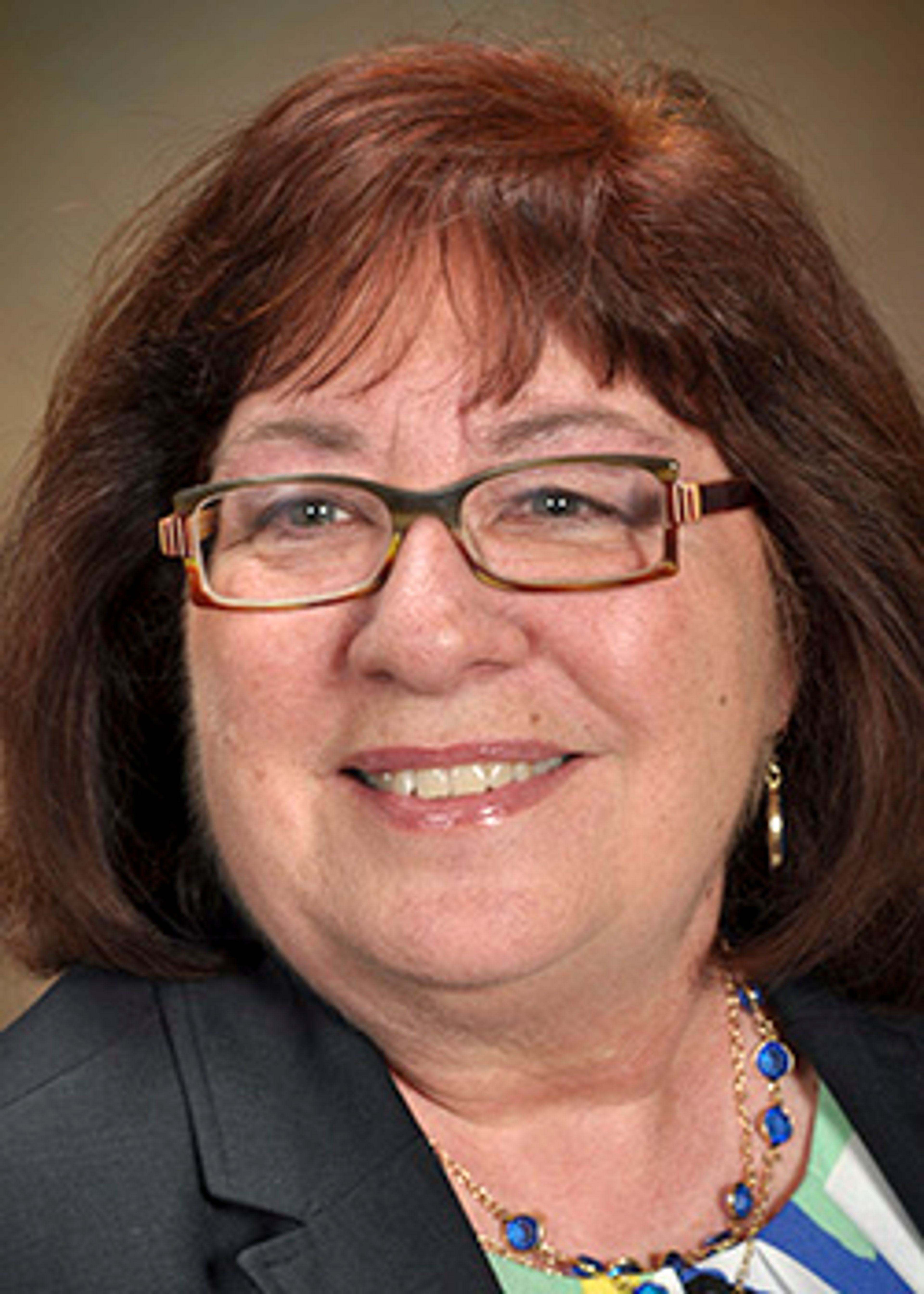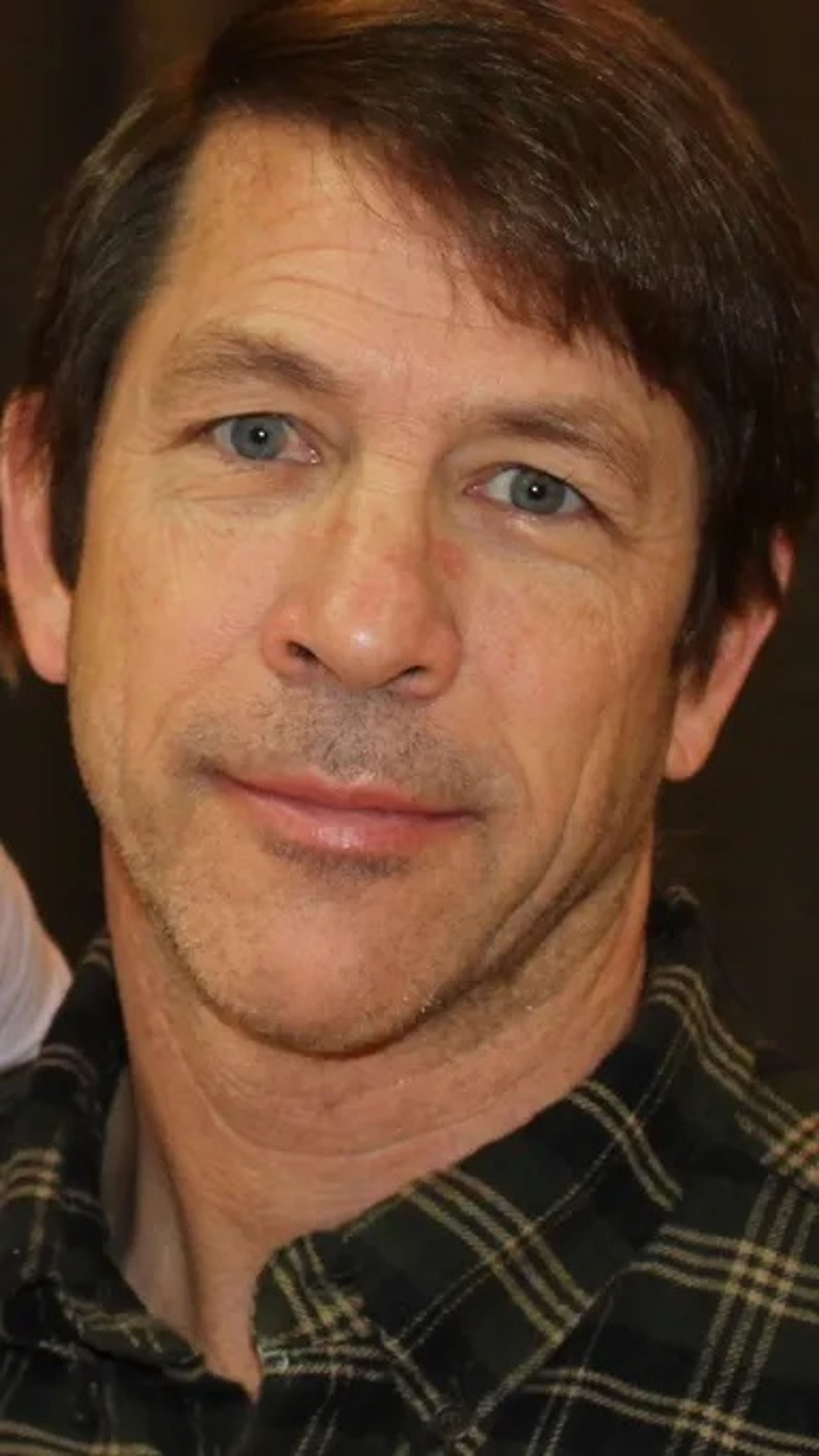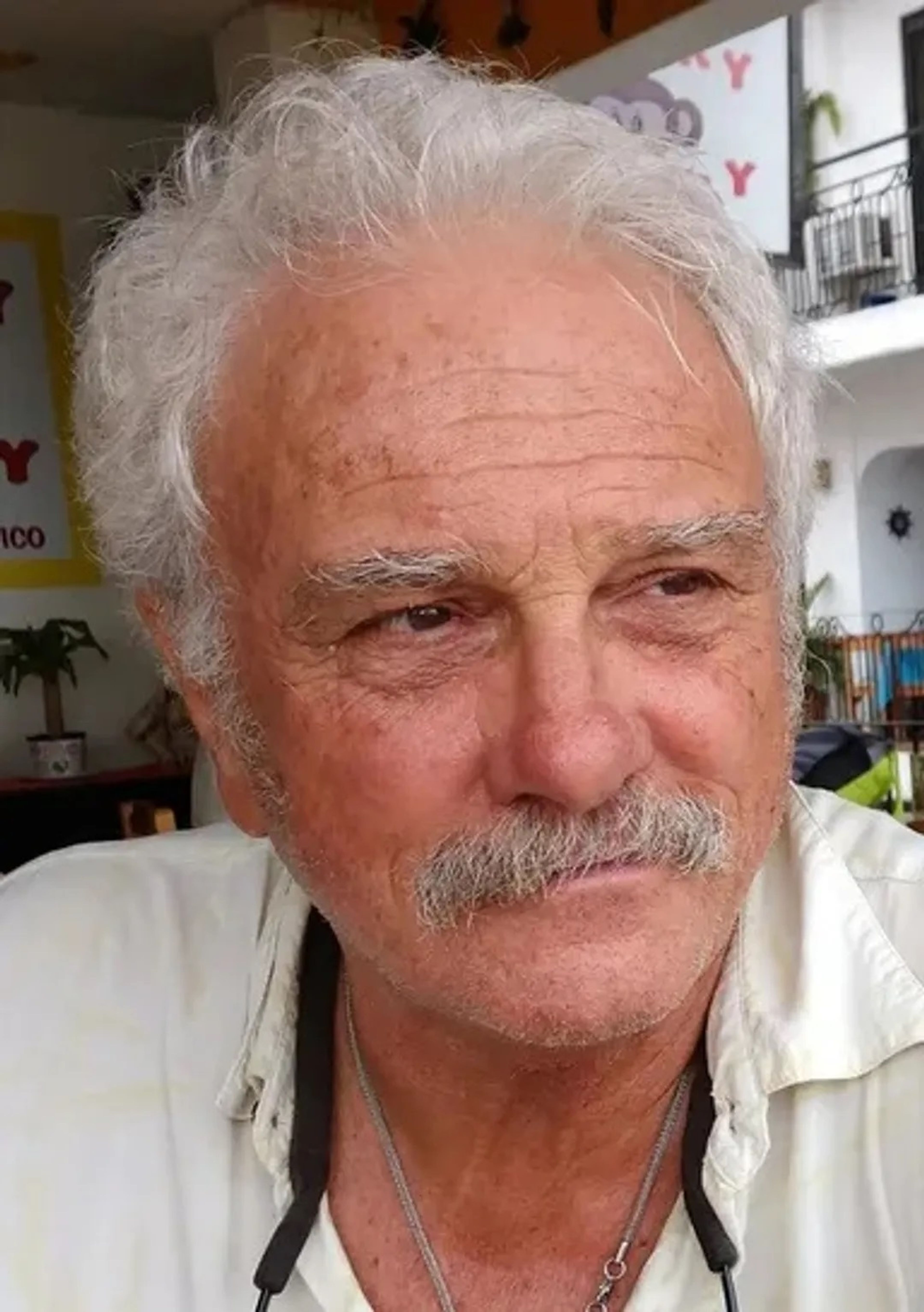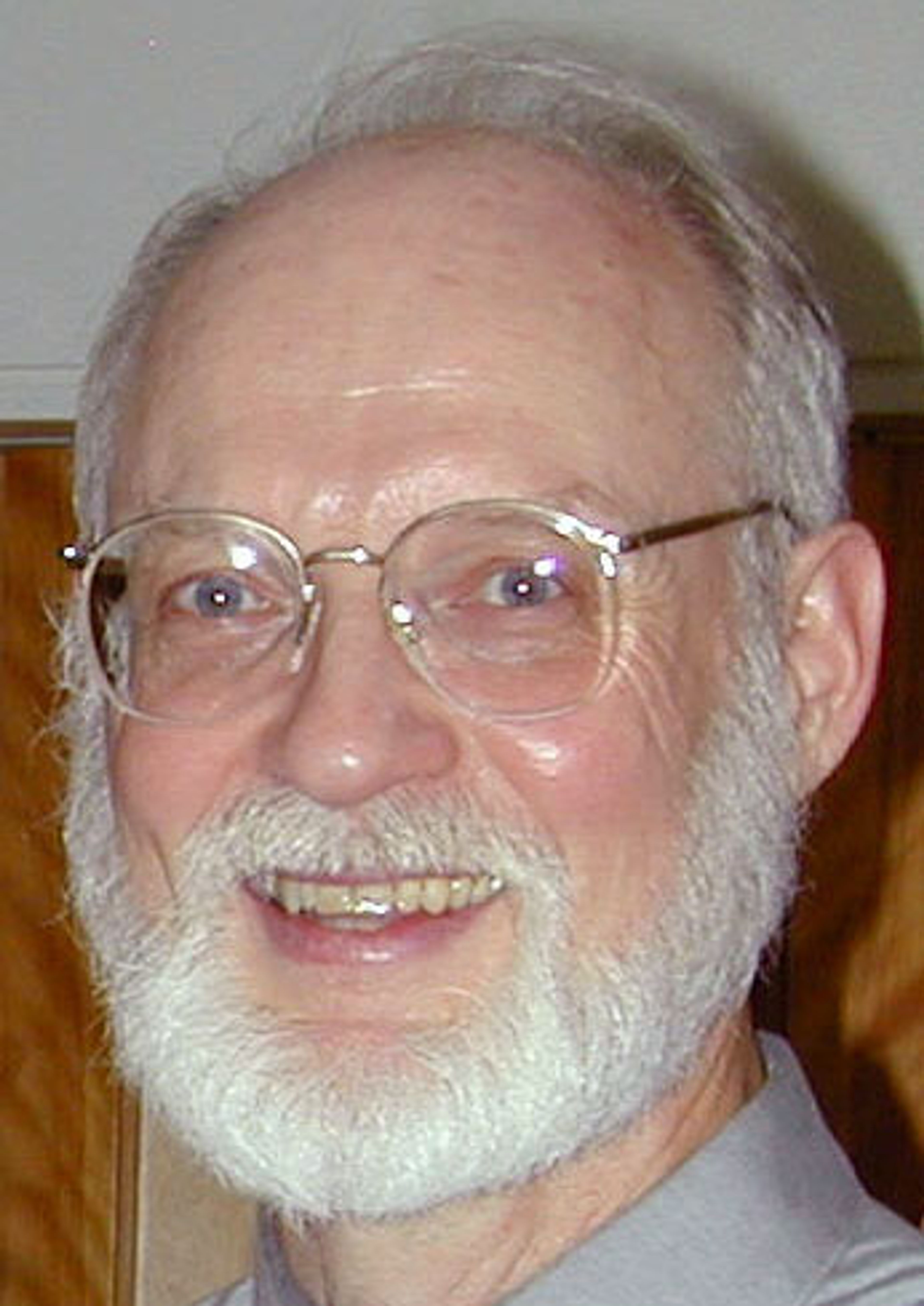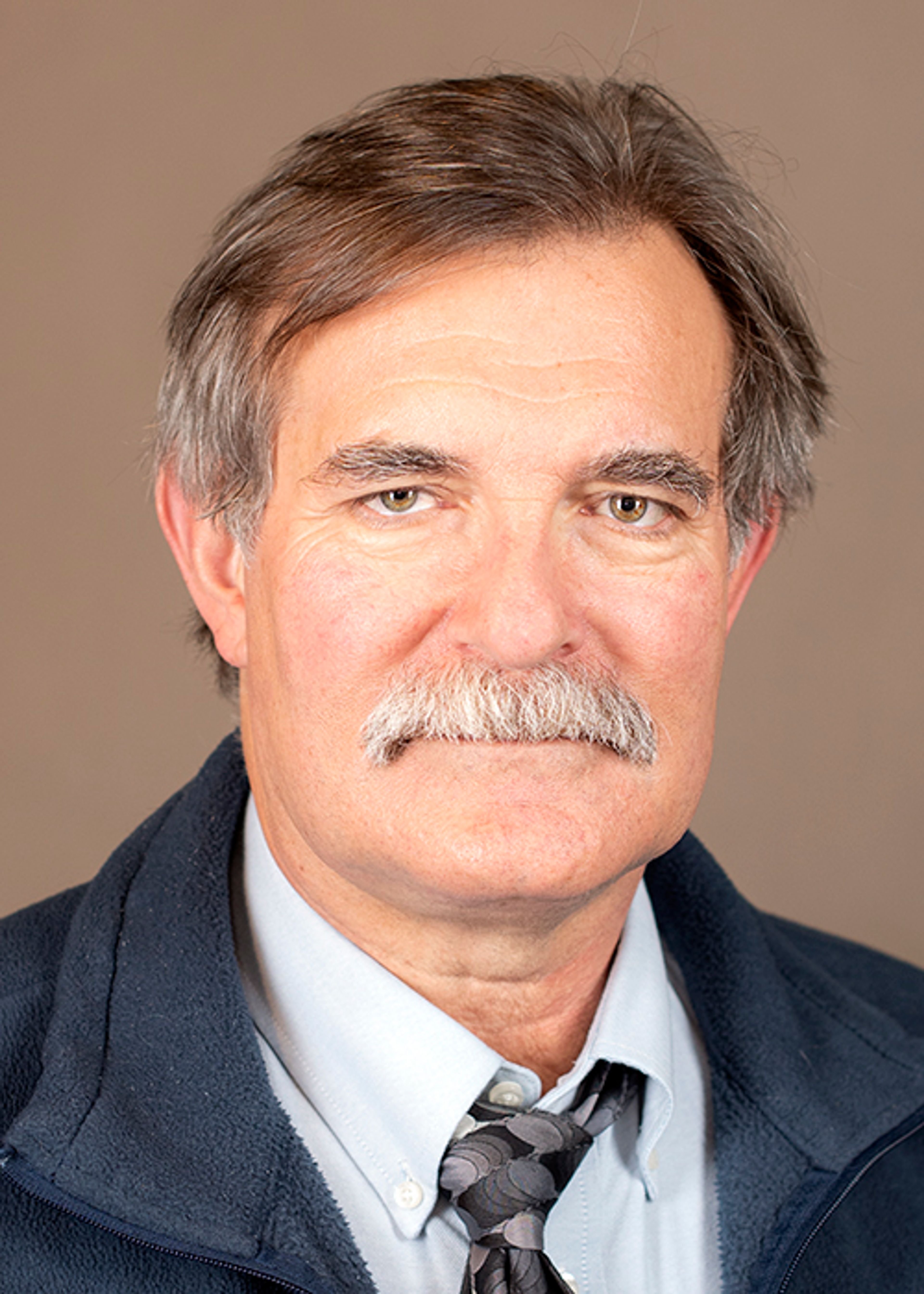Local legacy media columnist Dale Courtney (column, Nov. 9) and I agree the University of Idaho should be congratulated for having an overall 2% increase in enrollment this fall compared to last year. Washington State University was less fortunate with an overall 7.7% decline systemwide and a 6.7% decline for the Pullman campus. Courtney argues that WSU’s declining enrollment and falling academic ranking from a magazine are due to political decisions in reaction to the COVID-19 pandemic. Courtney also argues that with only 6,649 out of 27,366,000 college-age students putatively dying with COVID-19 since January 2020, remote instruction was clearly not worth the cost and UI demonstrates this difference.
Let’s put on our “academic weanie” hats and think about Courtney’s arguments in the context of a qualifying exam. Qualifying exams are a useful tool to identify graduate students who should have the opportunity to continue advancing toward their degree versus those who have not shown sufficient breadth of knowledge or ability to synthesize deeper understanding from available information.
In this case, I would start by asking the student to provide definitions of ancillary data and cherry picking. Nationwide, we face a significant crisis with approximately 1.3 million fewer college students than before the pandemic, but the distribution of losses is not evenly distributed between institutions. If we are going to draw conclusions from a single paired comparison (UI versus WSU) to support a thesis that remote instruction and a vaccine mandate are responsible for the WSU enrolment decline in 2022, I can simply point out that the University of Washington had the same policies as WSU and UW’s enrollment held steady between fall 2021 and fall 2022. By that limited standard, Courtney’s thesis is bogus.
I was unable to find information about the potential effects of vaccination policy and prior remote instruction on enrollment for 2022 at large public universities in the U.S., but this data will be more readily available next spring. There is a paper from the National Bureau of Economic Research (Acton et al., NBER Working Paper Series) showing that the number of COVID-19 cases at a county level was reduced by 339 per 100,000 residents for U.S. counties where colleges mandated COVID-19 vaccination. Deaths were reduced by 5.4 per 100,000 residents. The authors estimated that by autumn 2021, college and university vaccine mandates reduced the total U.S. COVID-19 death count by 5%.
Another exam question we can ask is who benefits from vaccine mandates, and should these benefits justify mandates? Courtney argues that the risk of death is so small for the college-age demographic that requiring vaccination is meaningless. There may be some merit to this, although a logical followup question is what threshold of death should a self-proclaimed Christian nationalist consider as acceptable? I think the families of the 6,649 sons and daughters who purportedly died with COVID-19 infections would rather their loved ones were still with them.
Is this only about the students? The Acton et al. paper indicates that the broader community benefited from vaccination requirements at college and universities. And while I don’t know the exact numbers, there are plenty of gray-haired academics (like myself) and other employees who are not expected to be as resilient from a COVID-19 infection compared to younger people. Should the risk of COVID-19 infection for employees matter when considering vaccination mandates for college students?
Another exam question would be for the student to describe at least three plausible alternative hypotheses for why some schools have fared better than others in the 2022 academic year. Had Courtney considered ideas other than what would conveniently support his ideological bent, he might have had some useful insights in his column. I’m skeptical about how he would have fared in this qualifying exam.
Going forward, a more important question is how to bring college-interested students back to the table so they can reap the personal and societal benefits of higher education. Individual institutions like WSU are making changes to improve its numbers, but without a significant recovery nationwide the U.S. is facing the potential for large future losses of wealth generation with commensurate challenges at many levels. That’s nothing to crow about.
Call (he/him) is a microbiologist and father of three. He first discovered the Palouse 38 years ago.

